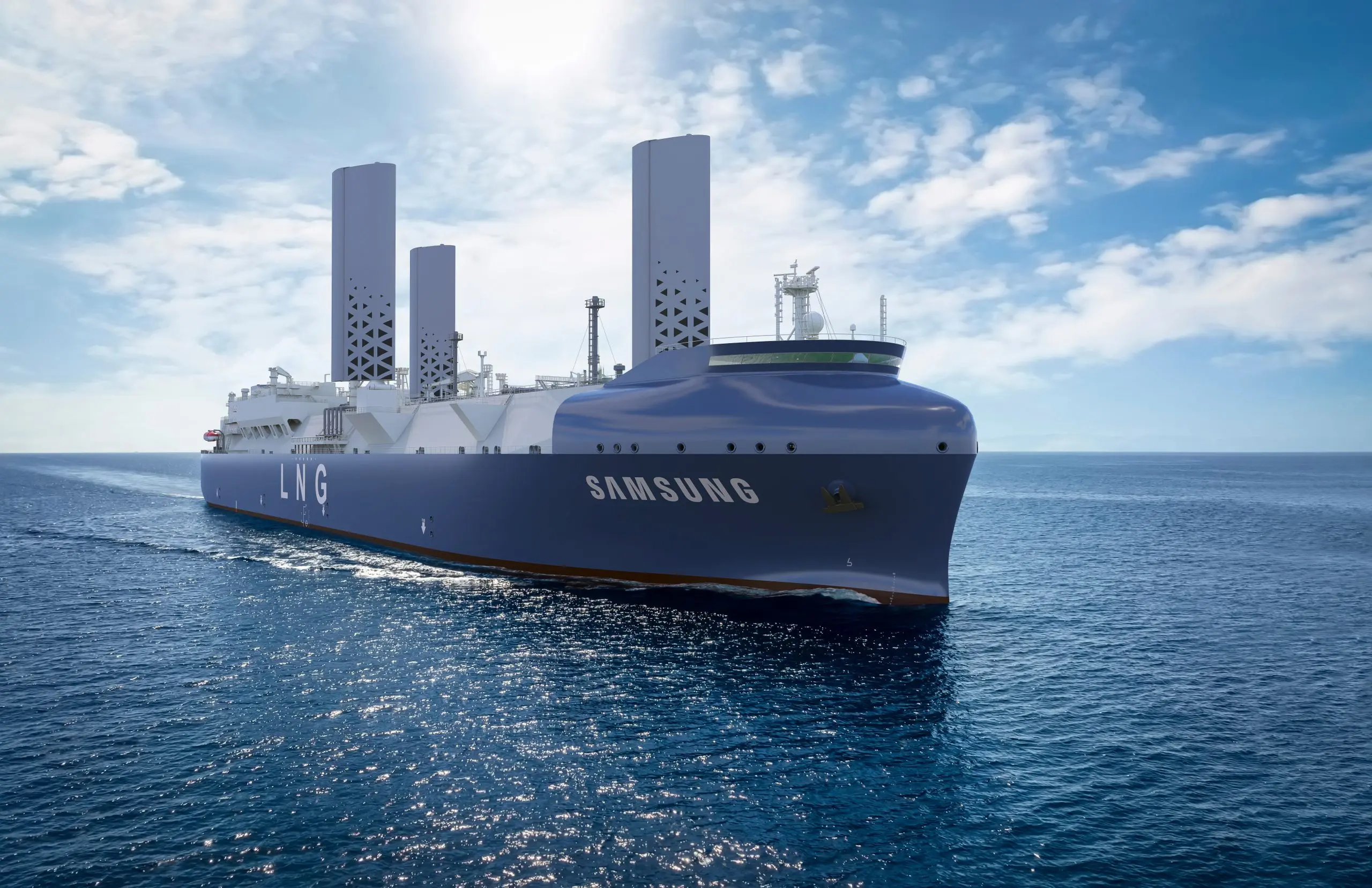This story requires a subscription
This includes a single user license.
SHI said in a statement the wing sail is a structure in the form of a sail and generates lift through pressure differences between the upper and lower parts of the sail to provide auxiliary propulsion.
The shipbuilder received approval in principle for an LNG carrier design with this technology from the Korean Register and the Liberian Registry.
According to SHI, by placing the bridge at the bow, the vessel also solves a navigational visibility issue that has been a problem for vessels with wind-assisted propulsion.
Moreover, SHI expects that combining the wing sail with its proprietary air lubrication system, saver wind, will boost fuel efficiency and slash carbon emissions.
The shipbuilder said wind power is an important pillar in achieving carbon neutrality in the shipping industry.
SHI is one the world’s largest builders of LNG carriers.
It recently secured an order worth about $259 million for one LNG carrier.
Sources said K Line ordered this vessel, while the LNG carrier would serve a charter deal with India’s GAIL.
Including this contract, Samsung Heavy has won orders for a total of 25 ships, including 22 LNG carriers, worth $5.6 billion this year.
LNG carriers and wind
SHI is not the first company to develop an LNG carrier with wind-assisted propulsion.
Japan’s shipping firm MOL and a unit of US energy giant Chevron recently joined forces on what they say is the world’s first LNG carrier equipped with wind-assisted ship propulsion systems.
MOL and Chevron Shipping entered into a deal to install Wind Challenger, a hard sail wind-assisted ship propulsion system developed by MOL and Oshima Shipbuilding, to a newbuild LNG carrier.
South Korea’s Hanwha Ocean is building the LNG carrier at its Geoje yard, and the vessel will joint the fleet in 2026, according to MOL.
In August, MOL secured approval from compatriot classification society ClassNK for an LNG carrier equipped with two Wind Challenger sails.

